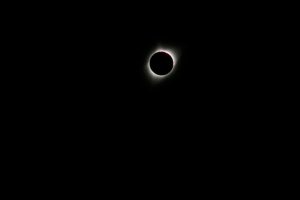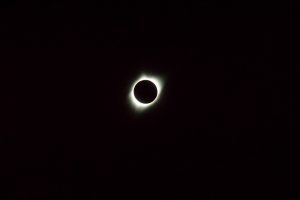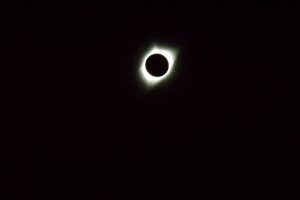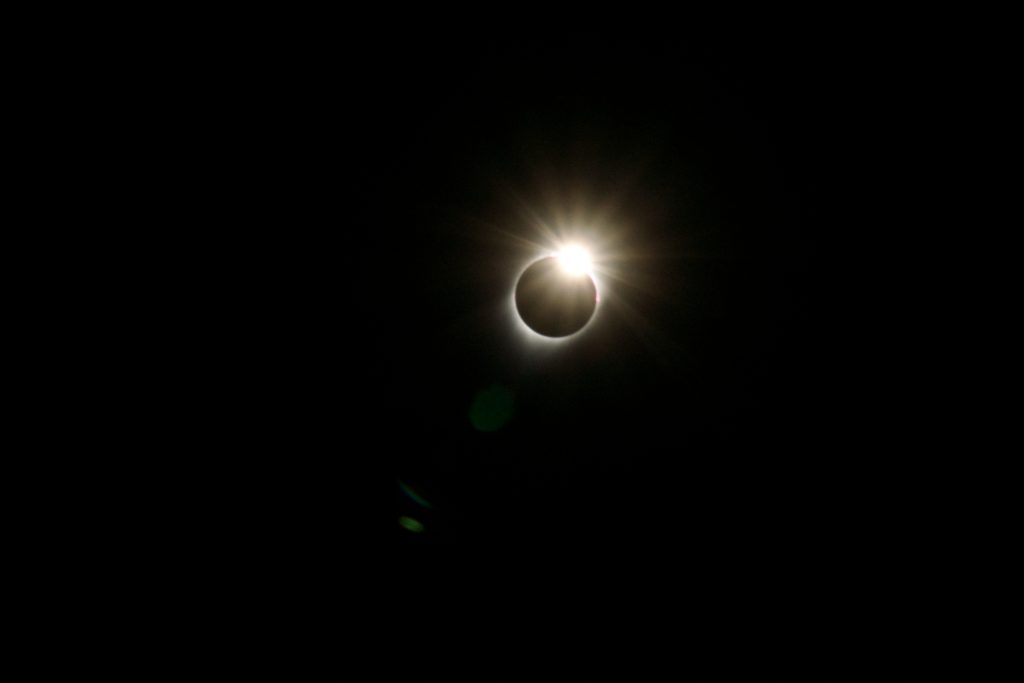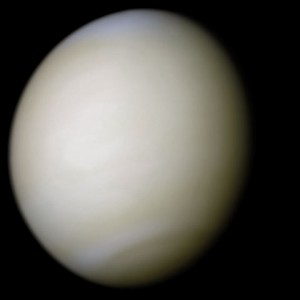We packed into an RV, friends—old and new—heading to nearby Wyoming to see the full solar eclipse. I have to say that particular United State of flatness and endless brown has never done anything for me from an aesthetic perspective. Ever. Until this experience.
My roommate planned things out beautifully and determined that we would find a flat place with no one around to view a total solar eclipse from. Mission accomplished:
We settled in for the night, mostly prepped for the excitement the next morning.
After breakfast, I didn’t even notice when the moon started its journey to overlap the sun because it wasn’t visible in the sky—except if you used your solar glasses. I’m embarrassed to say I spent so much energy over the next hour or so nervously trying to capture the experience with my camera that changes sunk in only gradually.
It was the cold that really was noticeable, even before our eyes detected that the light was waning. Over the course of our viewing, the temperature dropped around twenty degrees, which is startling in such a short period of time. Earth receives so much energy from the Sun and our star’s effects are never more clear than during such an eclipse. Later the light took on an almost old, parched quality, much like our surrounding landscape. Even near totality, the amount of light and warmth coming from the Sun was staggering.
And suddenly it was twilight all around, a 360° “sunset.”

I was so focused on the photography that I nearly forgot to look at the totality with my eyes.
It was so much more stunning than any special effect because I was there to witness the universe show a little more of her glory for a few moments. It was an almost spiritual experience. (We could even see Baily’s Beads in our photos, an effect created by the light shining through the moon’s valleys and mountains along its edges!)
And then the sun began to show again, and the sky lit up from a swift dawn to midday, and the soil smelled like warm summer once more . . . and it was over. There was no “again” for the eclipse or its viewers.
Over the traffic-stacked drive home, I made a pact with myself to travel much farther to see the next totality in seven years. For that one, I’ll be present and less focused on documenting the experience through photographs. Promise.

